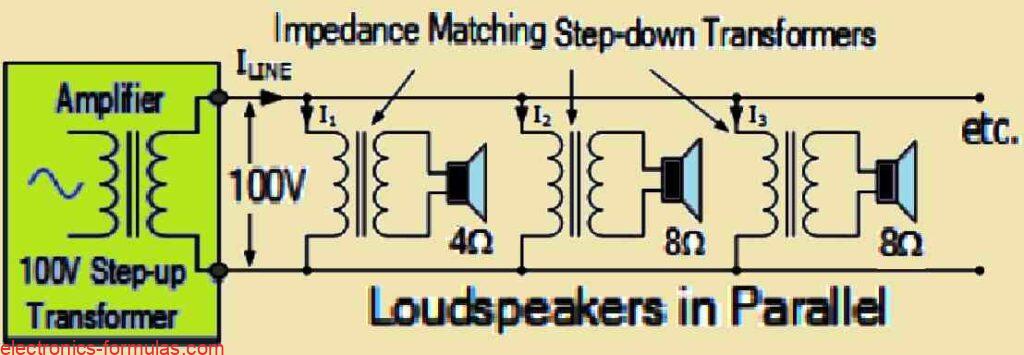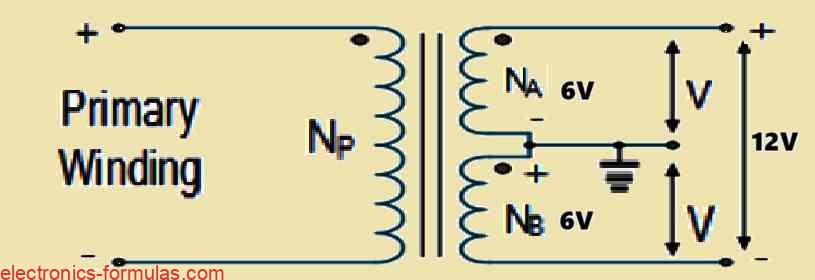A counter mainly works by adding one to its value every time it gets a pulse from the clock signal. When a counter counts up in response to the clock, we say it is in “count-up” mode. If it counts down instead, we call that “count-down” mode. There are also special counters that can do […]
Understanding
Understanding Various BCD Counter Circuits
We know that toggle T-type flip-flops can work as standalone divide-by-two counters. By connecting several toggle flip-flops in a sequence, we can create a digital Binary-Coded Decimal (BCD) counter. This counter can store or display the frequency of a specific counting sequence. Clocked T-type flip-flops act as binary divide-by-two counters. In asynchronous counters, the output […]
Understanding Synchronous Counter Circuits
In asynchronous counters we find the output of one stage connects directly to the clock input of the next stage. This setup causes a problem called “Propagation Delay.” Here the timing signal is delayed slightly as it passes through each flip-flop. In contrast synchronous counters have all their stages clocked together at the same time. […]
Understanding Frequency Division: “Divide-by-2” Counter
In our previous lessons about Sequential Logic we learned how D-type Flip-Flops work and how we can connect them to make a Data Latch. One cool thing about D-type Flip-Flops is that they can act as a binary divider which is great for dividing frequencies or working as a “divide-by-2” counter. In this setup, the […]
Understanding Audio Transformer with Calculations
Transformers are really cool devices, that do more than just change the voltage of signals. One of their awesome features is called isolation. This means that there is no direct electrical link between the primary and secondary coils, which keeps the input and output circuits completely separate. This isolation is super useful in audio transformers […]
Understanding Transformers with Multiple Winding
Talking about Multiple Winding Transformers these are a type of transformer that usually has one primary winding and then two or more secondary windings. The cool thing about these transformers is that they can have multiple windings either on the primary side or the secondary side. Because of this feature we often call them Multiple […]





